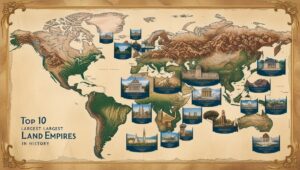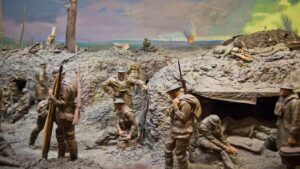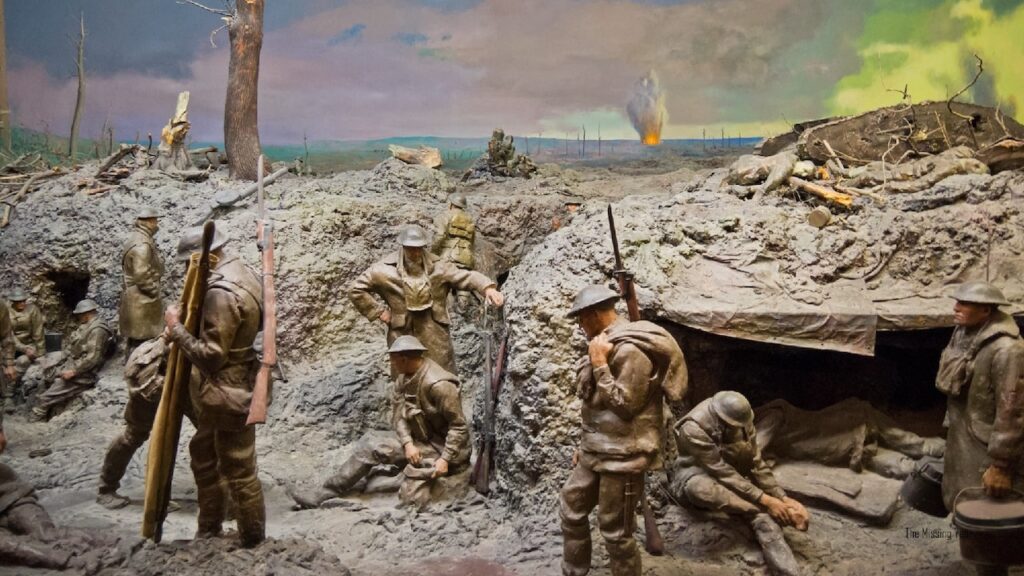
World War I
10 AMAZING FACTS ABOUT WORLD WAR 1
World War I or the First World War (28 July 1914 – 11 November 1918), also known as the Great War, was a global conflict between two coalitions: the Allies (or Entente) and the Central Powers. Fighting took place mainly in Europe and the Middle East, as well as in parts of Africa and the Asia-Pacific, and in Europe was characterised by trench warfare and the use of artillery, machine guns, and chemical weapons (gas). World War I was one of the deadliest conflicts in history, resulting in an estimated 9 million military dead and 23 million wounded, plus up to 8 million civilian deaths from causes including genocide (including the Armenian genocide). The movement of large numbers of people was a major factor in the Spanish flu pandemic, which killed millions.
The causes of World War I included the rise of Germany and decline of the Ottoman Empire, which disturbed the balance of power in Europe, as well as increased economic competition between nations triggered by new waves of industrialisation and imperialism. Growing tensions between the great powers and in the Balkans reached a breaking point on 28 June 1914, when a Bosnian Serb named Gavrilo Princip assassinated Archduke Franz Ferdinand, heir to the Austro-Hungarian throne. Austria-Hungary held Serbia responsible, and declared war on 28 July.
Russia mobilised in Serbia’s defence, and by 4 August, Germany, Russia, France, and the United Kingdom were drawn into the war, with the Ottomans joining in November of the same year. Germany’s strategy in 1914 was to quickly defeat France, then to transfer its forces to the Russian front. However, this failed, and by the end of the year the Western Front consisted of a continuous line of trenches stretching from the English Channel to Switzerland. The Eastern Front was more dynamic, but neither side could gain a decisive advantage, despite costly offensives. Italy, Bulgaria, Romania, Greece and others joined in from 1915 onward. Here are 10 amazing facts about World War I.
1. The Assassination That Sparked the War

World War I was triggered by the assassination of Archduke Franz Ferdinand of Austria-Hungary on June 28, 1914, in Sarajevo. This event set off a chain reaction of alliances and hostilities across Europe. Austria-Hungary, backed by Germany, declared war on Serbia, which was supported by Russia. France and Britain soon became involved due to their alliances, and what began as a localized conflict quickly escalated into a full-scale global war.
The complexity of alliances meant that even a small conflict could rapidly grow, pulling in many of the world’s major powers. The assassination of Ferdinand is often seen as the match that ignited the powder keg of tensions that had been building in Europe due to militarism, imperialism, and nationalism. This seemingly isolated event led to a war that would involve over 30 nations and change the course of history forever.
2. The Brutality of Trench Warfare
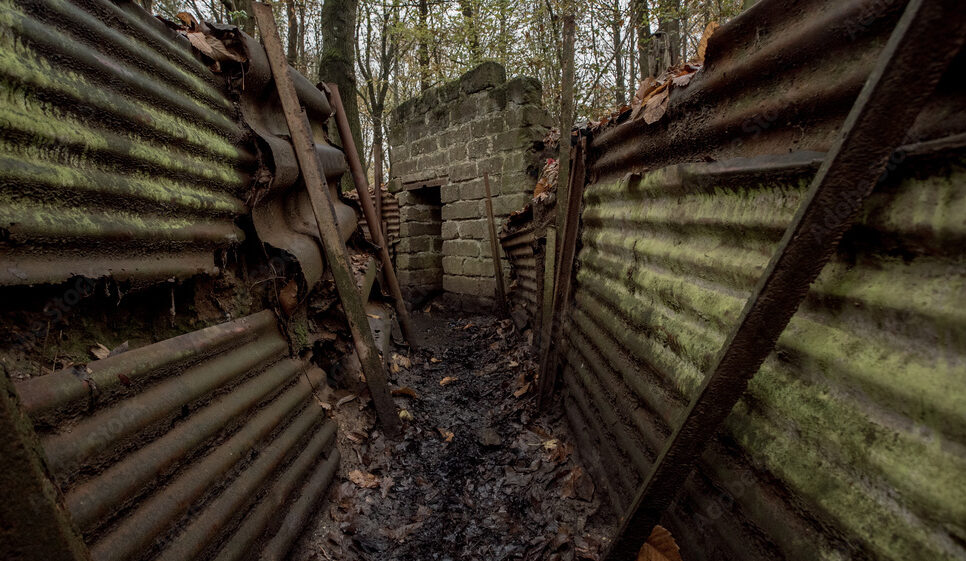
World War I is often associated with the horrific conditions of trench warfare, particularly on the Western Front. Soldiers dug vast networks of trenches to protect themselves from enemy fire, but these trenches became a symbol of the war’s futility and human suffering. Stretching for hundreds of miles, trenches were cold, muddy, and often filled with disease-carrying rats.
Soldiers lived in these appalling conditions for months, facing constant threats from sniper fire, artillery bombardments, and poison gas attacks. The space between the trenches, known as “no man’s land,” was a deadly expanse where many lost their lives attempting to advance. The war stagnated into a brutal stalemate, with neither side gaining significant ground despite immense casualties. The introduction of tanks and new tactics toward the end of the war helped break the deadlock, but trench warfare remains a stark reminder of the war’s horrors and its devastating human cost.
3. The Introduction of Poison Gas
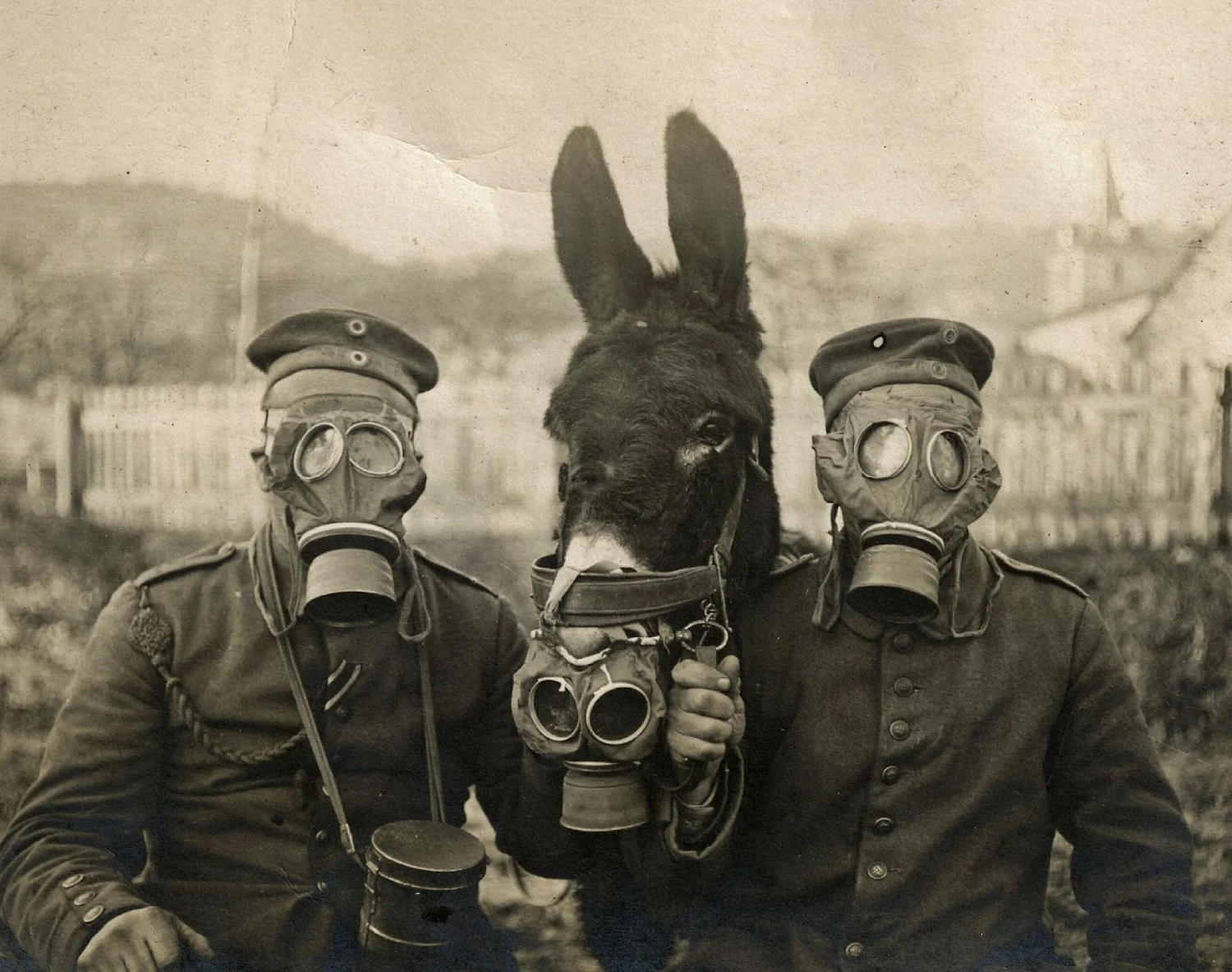
World War I marked the first large-scale use of chemical weapons in warfare, with poison gas becoming a terrifying new threat on the battlefield. The German army first used chlorine gas during the Second Battle of Ypres in 1915, catching Allied forces off guard. Later, more deadly gases like phosgene and mustard gas were developed, causing severe injuries, burns, and slow, painful deaths.
Gas attacks created panic among soldiers and often led to long-term health effects, even for those who survived. Soldiers were eventually issued gas masks, but these weren’t always effective, and the fear of gas attacks persisted throughout the war. Poison gas symbolized the brutal and inhumane nature of World War I, leading to its eventual banning under the Geneva Protocol of 1925. Despite its horrors, the use of gas had only limited strategic success, but its psychological impact on soldiers was profound and lasting.
4. The Global Involvement of Colonial Troops
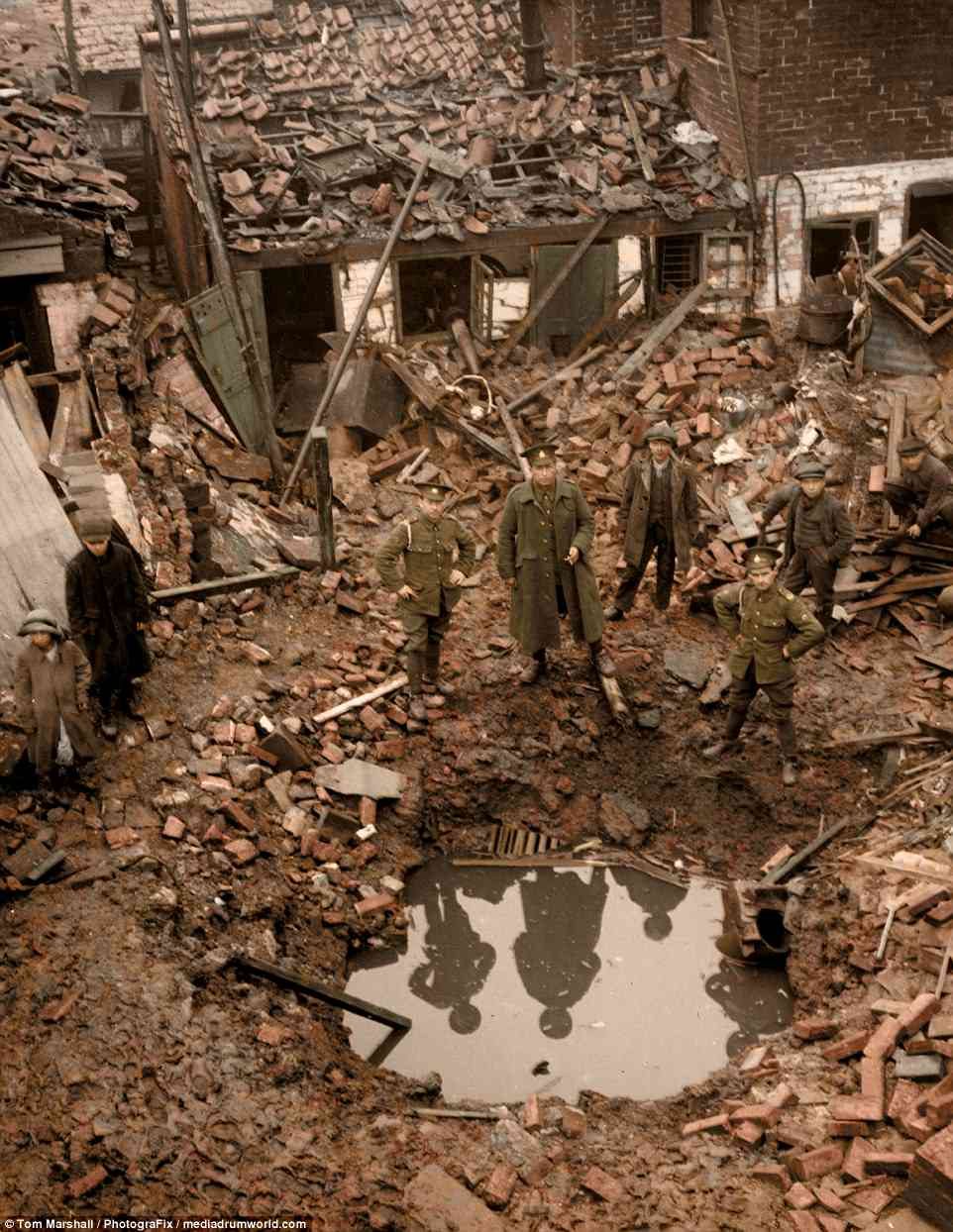
While World War I is often viewed as a European conflict, it truly became a global war due to the involvement of colonial troops from Africa, Asia, and the Americas. European empires like Britain and France drew heavily on their colonies for manpower and resources. Indian, African, and Caribbean soldiers fought in Europe, the Middle East, and Africa, often facing prejudice and harsh conditions. Over one million Indian soldiers served in the British Army, and hundreds of thousands from Africa fought in French and British forces.
Their contributions were vital to the war effort, but they were rarely recognized or rewarded with the same honors as their European counterparts. The participation of colonial soldiers in World War I is a reminder of the global nature of the conflict and the complex, often overlooked, role that imperialism played in shaping the war and its aftermath.
5. The Role of Air Warfare
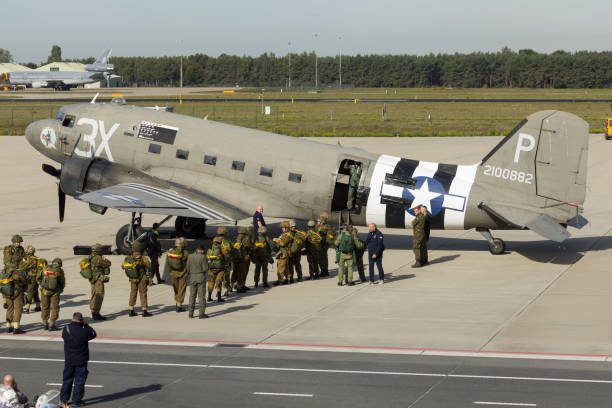
World War I saw the birth of modern air warfare, with airplanes playing a crucial role for the first time in military history. At the start of the war, aircraft were primarily used for reconnaissance, as they could fly over enemy lines and gather intelligence about troop movements. However, as the war progressed, both sides began arming planes with machine guns and bombs, leading to aerial dogfights and the bombing of enemy positions.
Fighter aces like Germany’s Manfred von Richthofen, known as the “Red Baron,” became legendary for their exploits in the skies. Despite their relatively primitive technology compared to today’s standards, the use of airplanes revolutionized warfare, adding a new dimension to the battlefield. By the end of the war, air power had proven its strategic value, laying the foundation for its critical role in future conflicts, including World War II.
6. The United States’ Entry into the War
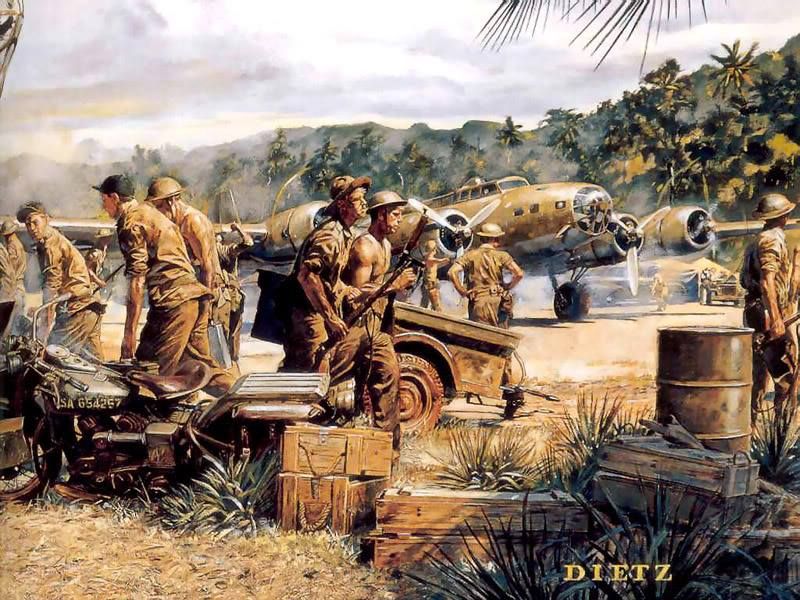
The United States remained neutral during the first few years of World War I, but several factors eventually drew it into the conflict in 1917. One of the main triggers was Germany’s policy of unrestricted submarine warfare, which led to the sinking of American ships and the loss of American lives, most notably the sinking of the RMS Lusitania in 1915.
Additionally, the interception of the Zimmermann Telegram, in which Germany proposed an alliance with Mexico against the U.S., further inflamed public opinion. When the U.S. finally declared war on Germany in April 1917, it provided a much-needed boost to the Allied powers, both in terms of fresh troops and industrial resources. American involvement helped tip the balance of the war in favor of the Allies, leading to Germany’s eventual defeat in 1918. The U.S.’s participation also marked its emergence as a global power.
7. The Impact of the Russian Revolution

The Russian Revolution of 1917 had a profound impact on World War I, particularly on the Eastern Front. Discontent with the war, food shortages, and political instability led to the downfall of Tsar Nicholas II and the rise of the Bolsheviks, led by Vladimir Lenin. After seizing power, Lenin quickly negotiated the Treaty of Brest-Litovsk with Germany in March 1918, pulling Russia out of the war.
This allowed Germany to redirect troops from the Eastern Front to the Western Front, but the influx of American forces and the exhaustion of German resources meant that this strategic advantage did not lead to victory. The Russian Revolution not only changed the course of World War I but also set the stage for the Russian Civil War and the eventual rise of the Soviet Union, profoundly altering global politics in the 20th century.
8. The Deadly Spanish Flu Pandemic
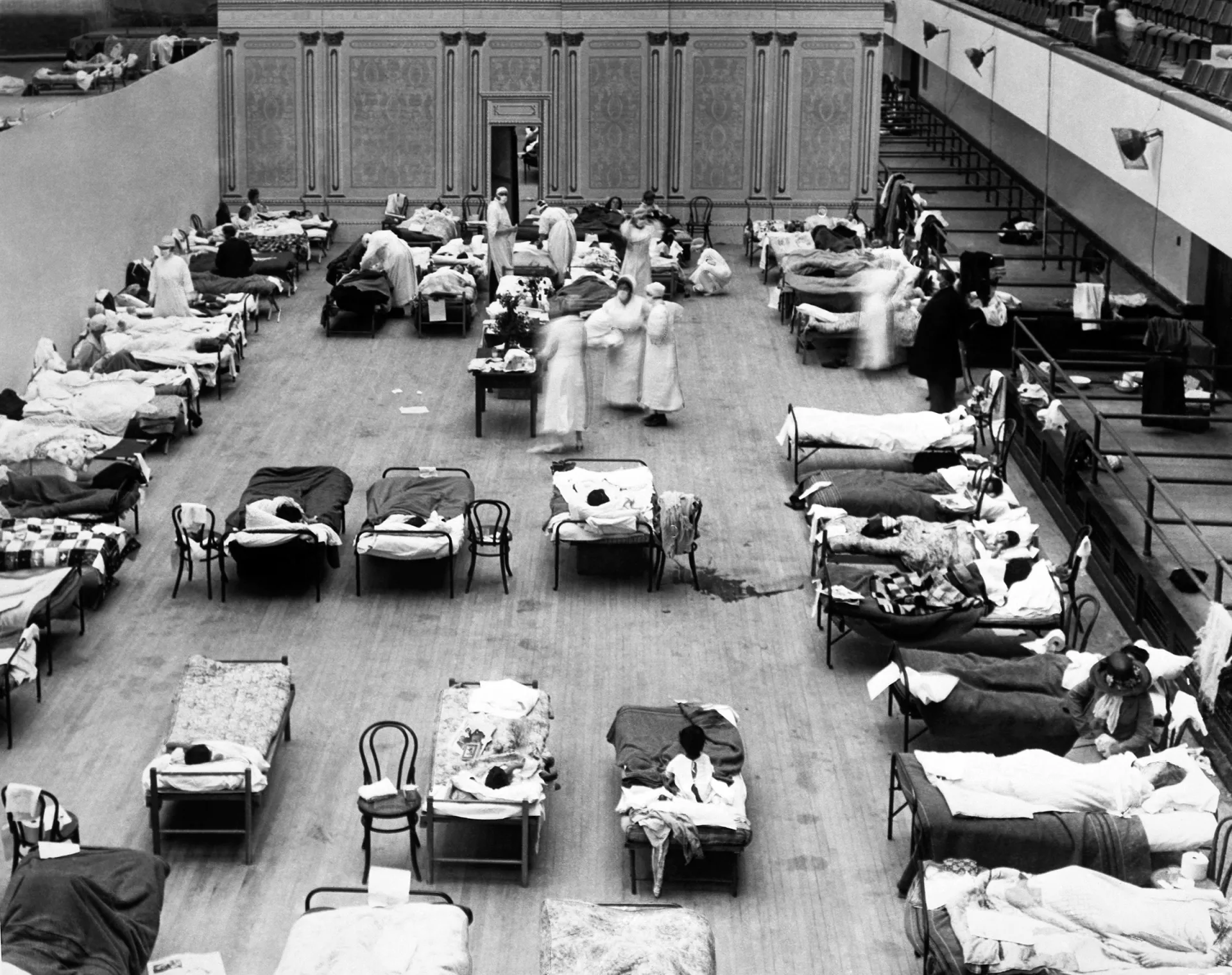 World War I inadvertently contributed to one of the deadliest pandemics in human history: the Spanish flu of 1918. The movement of soldiers across continents and the crowded conditions in military camps created ideal environments for the virus to spread rapidly.
World War I inadvertently contributed to one of the deadliest pandemics in human history: the Spanish flu of 1918. The movement of soldiers across continents and the crowded conditions in military camps created ideal environments for the virus to spread rapidly.
The pandemic infected an estimated 500 million people worldwide, or about one-third of the global population, and killed an estimated 50 million to 100 million people, far more than the war itself. Soldiers returning home from the front lines carried the virus with them, spreading it to civilian populations.
The pandemic struck in three waves, with the second wave being the deadliest. The Spanish flu not only compounded the suffering caused by the war but also had lasting social and economic effects on countries already weakened by years of conflict.
9. The Role of Women in World War I
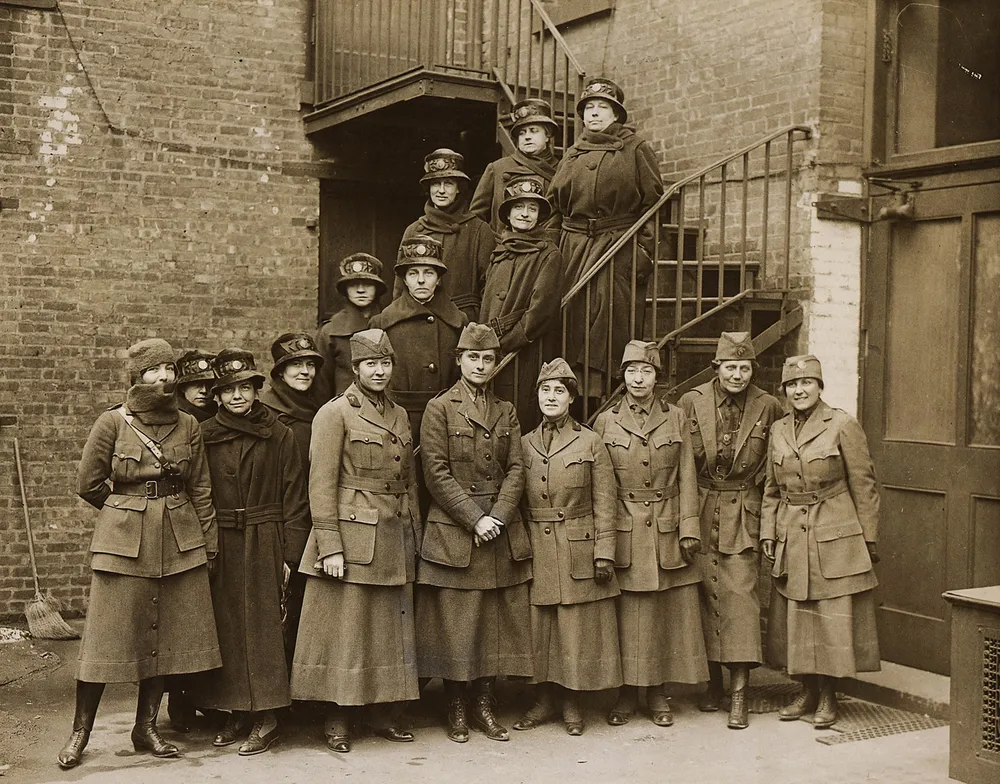
World War I significantly transformed the role of women in society. As men went off to fight, women took on roles traditionally held by men, working in factories, farms, and offices to keep their countries running. They also served as nurses and medical workers, tending to wounded soldiers on the front lines and in hospitals. In Britain, the Women’s Army Auxiliary Corps and similar organizations in other countries allowed women to contribute directly to the war effort.
This period marked a turning point in the fight for women’s rights, particularly in gaining the right to vote. After the war, many women were reluctant to return to their pre-war roles, leading to increased demands for gender equality. The war had a lasting impact on the perception of women’s capabilities and their role in society, helping to pave the way for social change in the post-war era.
10. The Treaty of Versailles and Its Consequences
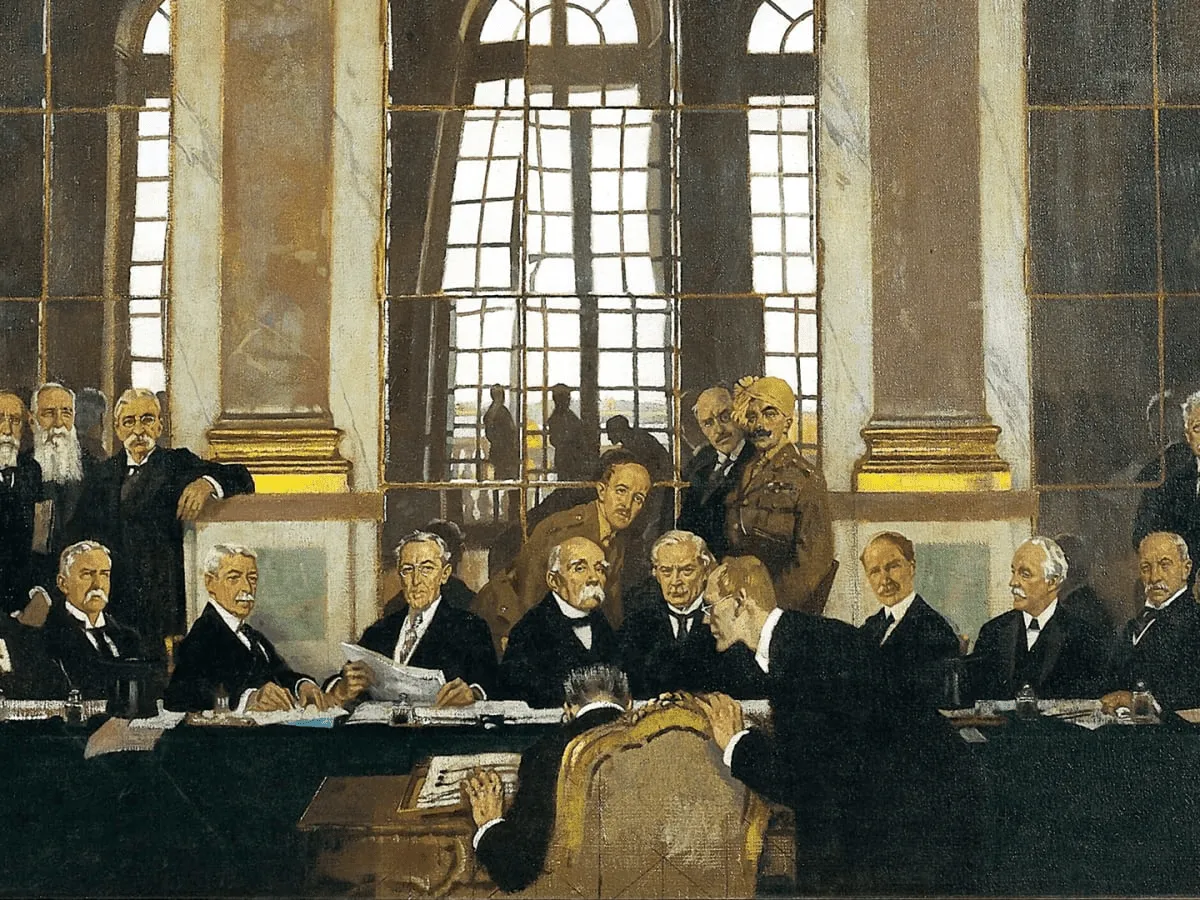 The Treaty of Versailles, signed on June 28, 1919, officially ended World War I, but its harsh terms set the stage for future conflict. The treaty placed the full blame for the war on Germany, forcing the country to pay massive reparations, surrender territory, and drastically reduce its military. These punitive measures left Germany humiliated and economically crippled, fostering deep resentment among its people.
The Treaty of Versailles, signed on June 28, 1919, officially ended World War I, but its harsh terms set the stage for future conflict. The treaty placed the full blame for the war on Germany, forcing the country to pay massive reparations, surrender territory, and drastically reduce its military. These punitive measures left Germany humiliated and economically crippled, fostering deep resentment among its people.
The treaty’s failure to create lasting peace and stability in Europe contributed to the rise of extremism, particularly the Nazi Party led by Adolf Hitler. Many historians argue that the Treaty of Versailles played a direct role in the outbreak of World War II, as it failed to address the underlying tensions that had led to World War I in the first place. The treaty remains one of the most controversial peace agreements in history, symbolizing the challenges of forging peace in the aftermath of total war.
READ MORE ARTICLES
TOP 10 MOST VENOMOUS SNAKES IN WORLD
10 LARGEST GEOGRAPHICAL FEATURES IN THE WORLD
